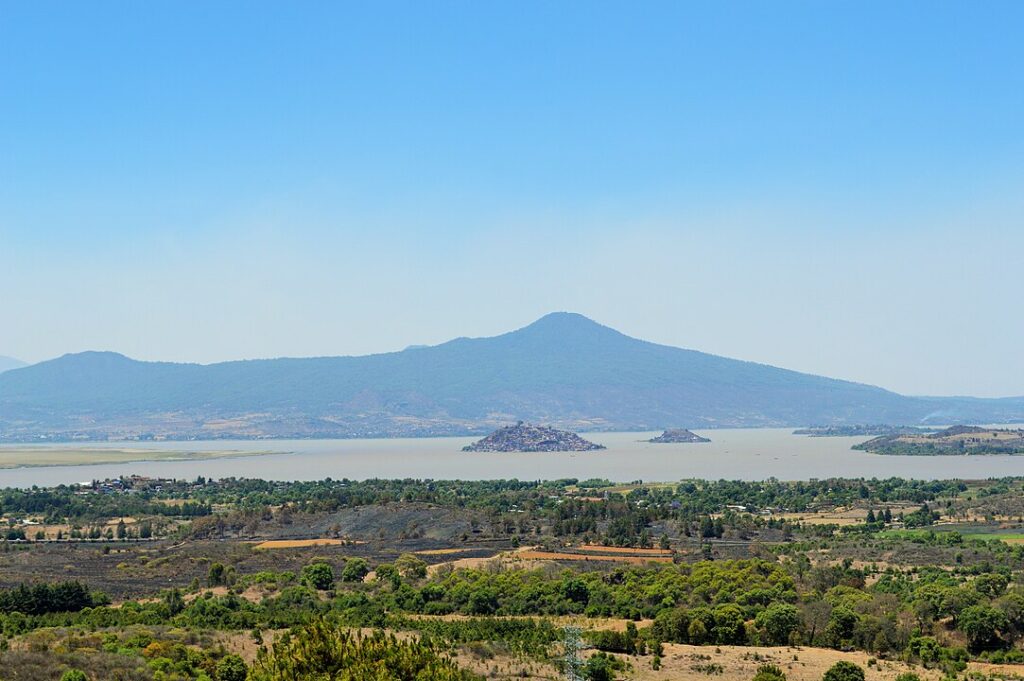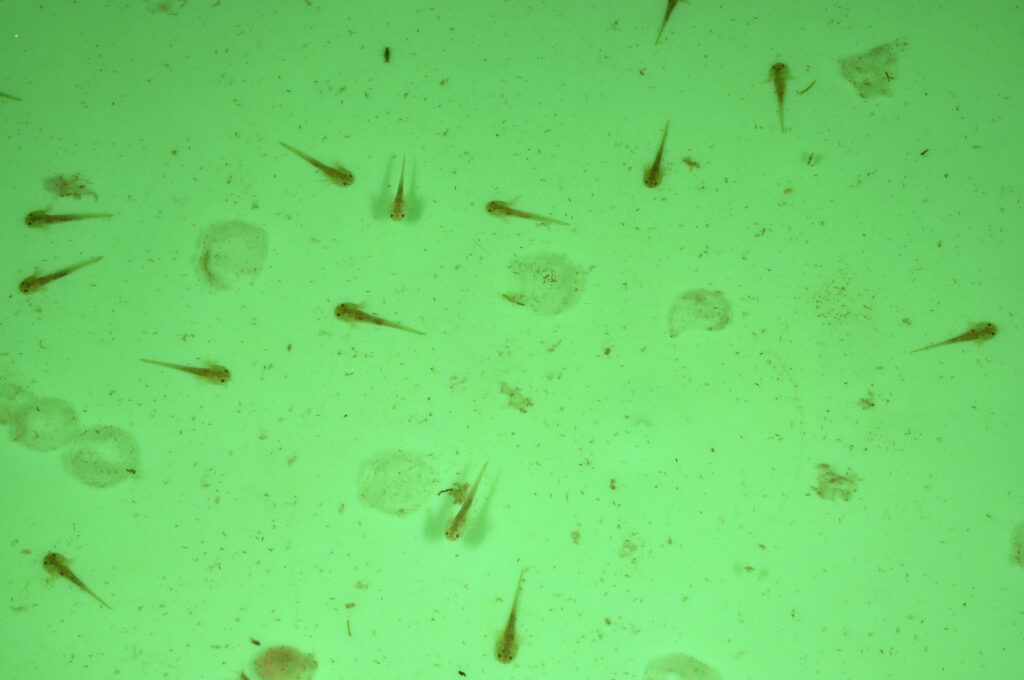Achoque
Ambystoma dumerilii

Distribution no larger than Kirseberg
In Southern Mexico, at an altitude of almost 2000 metres above sea level, there is a lake called Lake Patzcuaro. The lake is not particularly large – if it had been in Sweden, it would have come in as number twenty in size in the country. Lake Patzcuaro has volcanic origins, and around the lake are steep mountains. In a small part of the lake, in an area no larger than the district of Kirseberg in Malmö, lives the achoque – a large salamander with very strange abilities. Due to environmental degradation and hunting, the achoque is critically endangered, partly as a result of deforestation that has brought with it material that has silted up parts of the lake.

Photo: AlejandroLinaresGarcia-CC-BY-SA
Tadpole throughout their lives
The achoque, like the very close relative the axolotl, is a salamander that lives its entire life looking like a tadpole. Most amphibians – to which salamanders belong – undergo a so-called metamorphosis from larva to adult. But not all of them! The achoque looks the same throughout its life, with typical larva-like gills around its head, and it lives its whole life below the surface of the water. The achoque also has lungs, but they are rarely used. Sometimes it swims up to the surface and takes in some air, but the air is mainly used to control the salamander’s buoyancy in the water. The achoque absorbs oxygen from the water through its gills. Another peculiar trait shared between the achoque and the axolotl is the ability to regenerate lost body parts! Even a whole leg can grow back, if the salamander loses it.

Photo: Sebastian-Voitel-CC-BY-NC-SA
Preserved by zoos – and nuns
When a species lives in only one place, it is called endemic. Endemic species are at greater risk than others of becoming endangered, as there are no natural reserves or dispersals of the species. Today, the achoque is extremely rare in Lake Patzcuaro, and the environmental degradation in the area is so great that there are still no opportunities to set out salamanders bred in aquarium environments. Therefore, conservation projects aimed at keeping the species alive and their genes healthy, until the natural environment of the achoque recovers, are important. The salamanders that live here at the Aquarium are part of a conservation program led by the organisation Citizen Conservation.
But another kind of conservation work for the achoque is also being carried out on site in Mexico. A group of nuns from the Dominican Order have been using the achoque for many years to make a kind of cough medicine. When the nuns discovered that the number of achoques had decreased significantly in the late 1900s, they decided to start breeding them themselves. Today, there are about 300 salamanders in aquariums in the local convent in Patzcuaro, and the nuns’ conservation work has been – and is – very important to keep the species alive.

Photo: Sebastian-Voitel-CC-BY-NC-SA
Distribution worldwide
Lake Patzcuaro, southern Mexico.

Threat based on the Red List

Trade regulations
CITES: B-listed.